
Toyota launches Limited Edition 'Liva TRD Sportivo'
- Jul 31, 2012
- Views : 43473

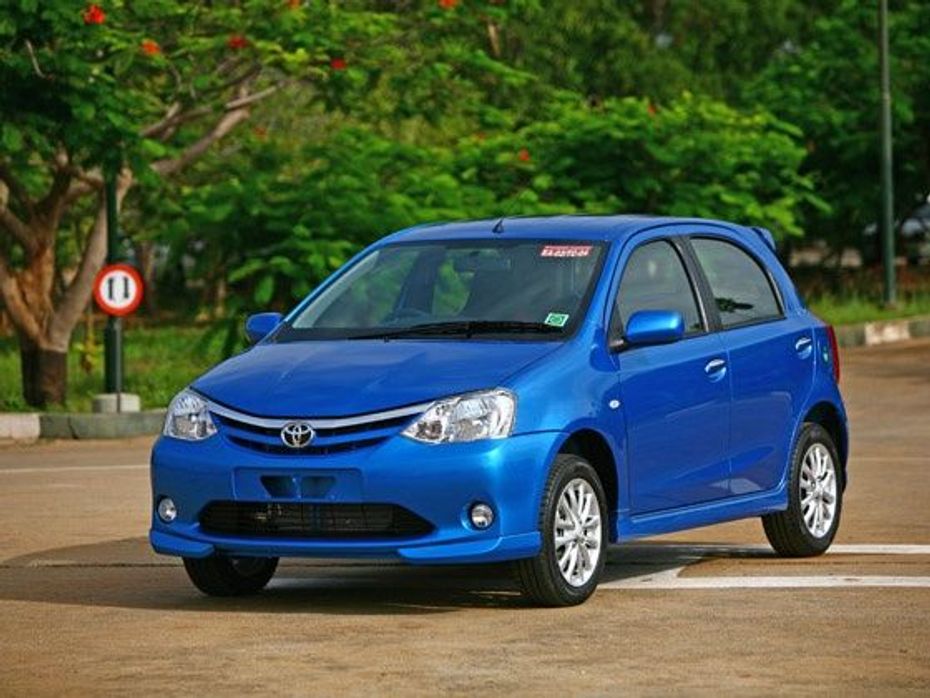
User friendly, reliable, with a trusted badge and most importantly, affordable. That’s what the new Toyota Etios is all about. If its makers have cut corners while creating the car, it is in places where it doesn’t show, or hinder the car’s daily use capabilities. It may not emanate a high-flying premium hatch feel, but that’s what keeps it well within the buying reach of a large majority. From the small, spunky and inexpensive Chevrolet Beat right up to the solidly-built Volkswagen Polo – everything is fair game for new entrant. A full-blown comparison test is on its way, but meanwhile we have a quick recap of the cars that the Etios Liva will fight, along with the places where the rivals better the new car, and what they lack.
Other Slideshows: New Toyota Etios Liva : Action Shots , New Toyota Etios Liva : Interior Shots

Maruti Suzuki Swift:
The Swift vs Liva comparison is a very serious one, and the verdict may change the market, and hence demands much more comprehensive testing. Watch out for a straight and detailed head-to-head soon. As per preliminary impressions though, the Swift may have some trouble retaining its long-living shine thanks to the Liva. The appeal of the two cars is totally different – the Liva is a more welcoming, comfy family hatch, the Swift has a more aggressive and youthful air. Families that own the Swift probably do so since they either did not have good hatchback options back in the day, or do not wish to look anywhere else thanks to the brand name that the Swift has built up.
This will be the primary hurdle that the Liva will face, but it does have the Toyota badge and the reliability that comes along with the package. It also has more space, and is a more practical car in general. The Swift still remains a force to be reckoned with, especially after the recent move to the 1.2-litre K12M engine as its petrol powerplant, but the basic difference in the cars is the people for whom they were originally intended.
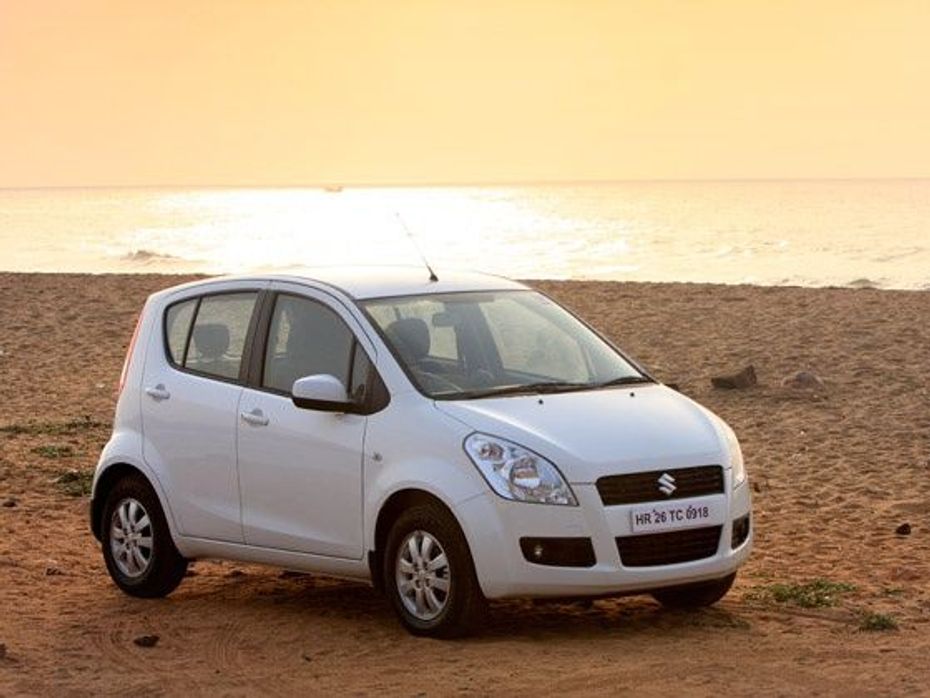
Maruti Suzuki Ritz:
While most questions will be about the Liva vs the class leading Maruti Suzuki Swift, let us not forget that Suzuki’s exemplary and all-new 1.2-litre K12M petrol engine made its debut with the Ritz, much like the Etios Liva. The Ritz is also more closely matched to the Liva when it comes to pricing and has a higher family appeal just like the Toyota, so let’s stick with it for now.
The K12M engine definitely has its bases covered against Toyota’s 3NR-FE mill. It’s revvy, responsive, exciting and fuel efficient. The mileage figures are quite comparable, but the Liva engine does demand to be driven in a relaxed way, keeping the revs under 4000rpm to get the most out of it while engine on the Ritz is responsive and frugal almost throughout the rev range, and seldom feels out of breath.
When it comes to space and comfort, the Liva trumps the Ritz. Packaging of interior space is certainly one of the Toyota’s strong points, and kneeroom especially at the rear is much better compared to the Ritz. Styling also pushes just the right buttons with respect to Indian tastes, as the quirky styling of the Ritz needs some getting used to.
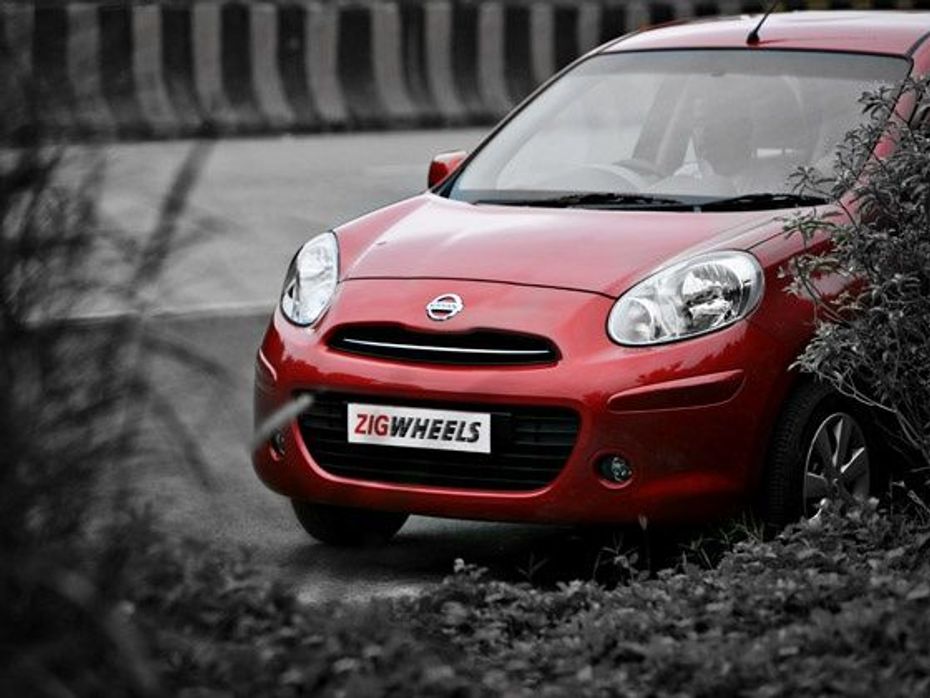
Nissan Micra:
The latest entrant into the Indian hatch space has begun to gather momentum, and for good reason. To start with, the Micra certainly has a decidedly upmarket appeal, with a modern and fresh exterior design and treatment of the interiors. It is a fairly comfortable car too. This is a car that shares the maximum characteristics with the Etios Liva too. It is Japanese, designed with easy city use in mind, has similar dimensions and similar levels of space and comfort inside. The Micra does have more plush interiors, and a great build quality given that the Made-in-Chennai hatch is exported around the world. That said, the Etios Liva beats it in terms of price, and brand image. Toyota definitely demands a more loyal fan following compared to Nissan, which is still making its presence felt in the Indian car space.

Ford Figo:
The last big success story in the Indian hatch market has been the Ford Figo. At the heart of its success lie a few very smart factors, like very ingenious repackaging of a strong, proven chassis, non-controversial design, phenomenal space, interestingly placed feature-variant combination – and price. The 1.4-litre Duratorq powered diesel variant is definitely the better car of the two, but the petrol is not bad either.
Comparing the Figo to the Liva, the Ford beats the Toyota in terms of space. The Figo’s fantastic balance between ride quality and handling is also something that the Liva’s more soft, easy going suspension set-up does not match up to. But while the Figo’s interiors leave a little to be desired, the Liva looks smart from the inside. Fuel efficiency is also expected to be better on the more optimally weighed Liva compared to the Figo which has an underpowered 1.2-litre petrol pulling a fairly large and heavy car.
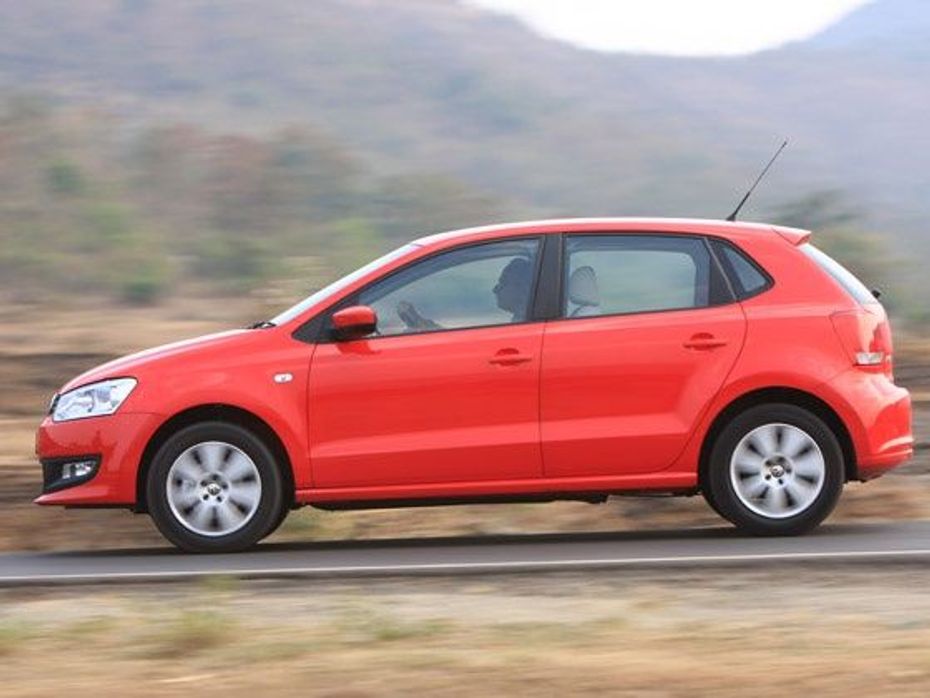
Volkswagen Polo:
The Polo has been rocking the premium hatchback space since its launch, and for good reason. Solid build quality with great attention to detail, great driving dynamics and road-holding, and classic European hatch looks – this is an international car through and through, a fact corroborated by the International Car of the Year award.
The Indian petrol Polo however shines much more in the expensive 1.6-litre engine option. The three-pot 1.2-litre engine that is also seen in the Skoda Fabia does not quite live up to the car’s capabilities, and feels laboring. While the Etios Liva does not have a cracker of an engine itself, driveability at city speeds is certainly much greater.
This may well turn out to be a battle of the brands between the world’s largest carmaker and the German marque that has strong aspirations for the same position. The two cars are built with very different briefs in mind though, and it remains to be seen whether the masses prefer the Liva’s ease of use over the Polo’s strong face.
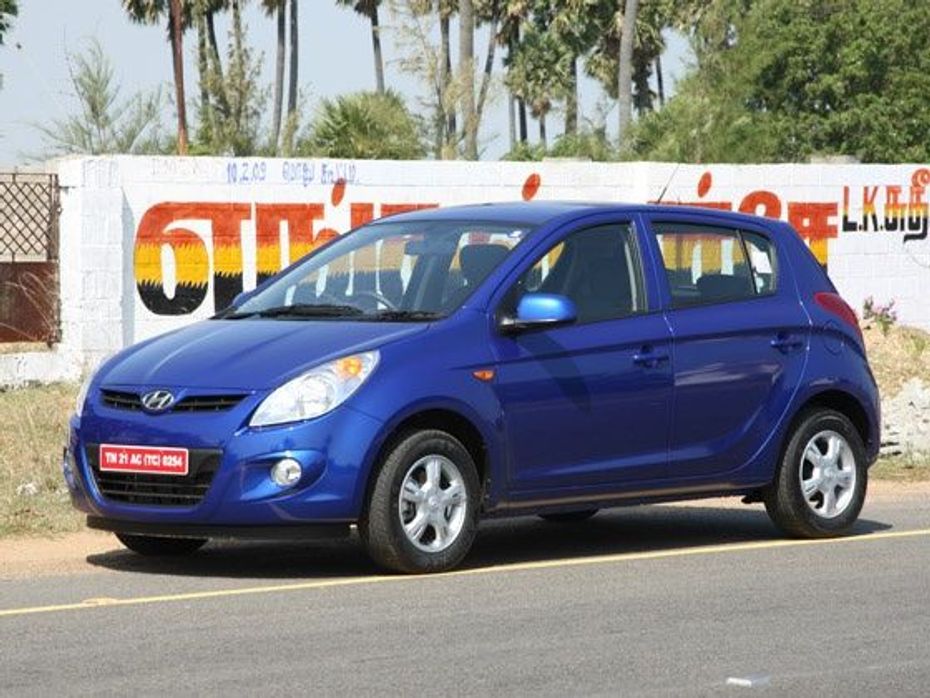
Hyundai i20:
One of the best value for money premium hatches around, the Hyundai i20 manages the best marriage of European design, Japanese refinement and Indian sensibilities when it comes to the drive. Super comfortable and refined with a whole lot of space, the i20 may not have hit the headlines of late but is definitely raking in the sales.
The Liva does feel a little pared down compared to the i20, which feels like a lot of car for its price. An optimal combination between price and features is a hallmark of the Hyundai, and gives it extra points over the Liva. The Etios Liva is lighter and easier on its feet though, with controls as tactile and smooth as the i20. Plus the Toyota brand name may be the trump card to give a tough fight to the Korean giant.
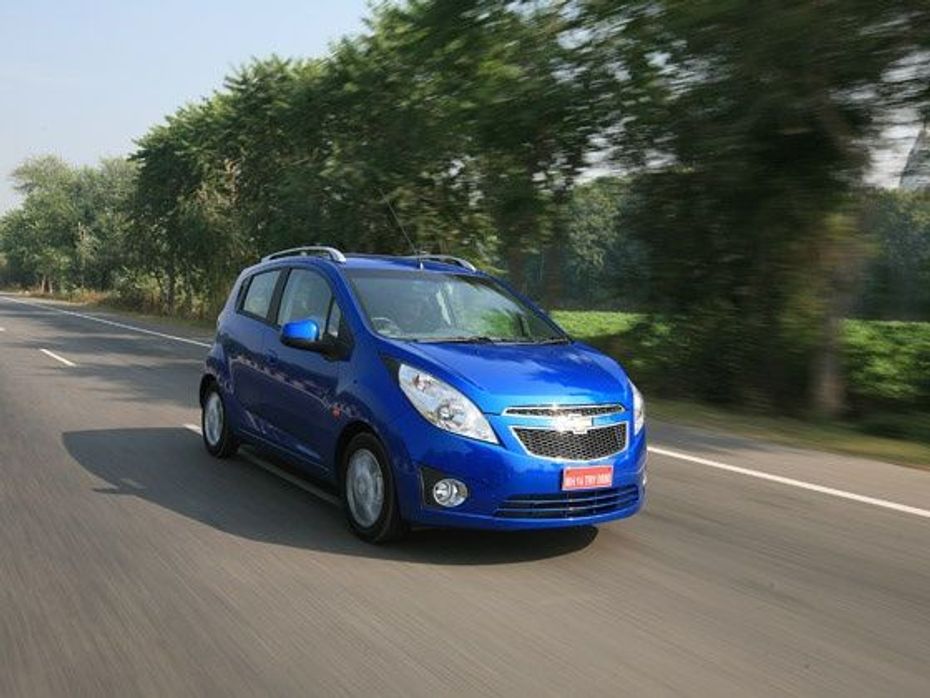
Chevrolet Beat:
This one may not really be a fair comparison, since the Beat is a significantly smaller car and hence sports a much lower price tag. It does have a zingy 1.2-petrol mill and falls within our competition criteria, so we had to put in a word for the radical GM hatch.
It has enough going for it, but the Beat remains a car that is an option in the smaller car class, against the likes of the Hyundai i10 and the Maruti Suzuki A-Star. However it manages to offer a tough fight, with great interior and exterior design and exciting engine characteristics. When it comes to the Liva, it does have an edge in terms of price and driving fun, but loses out on too many fronts including space, comfort, sorted dynamics and above all, brand image.
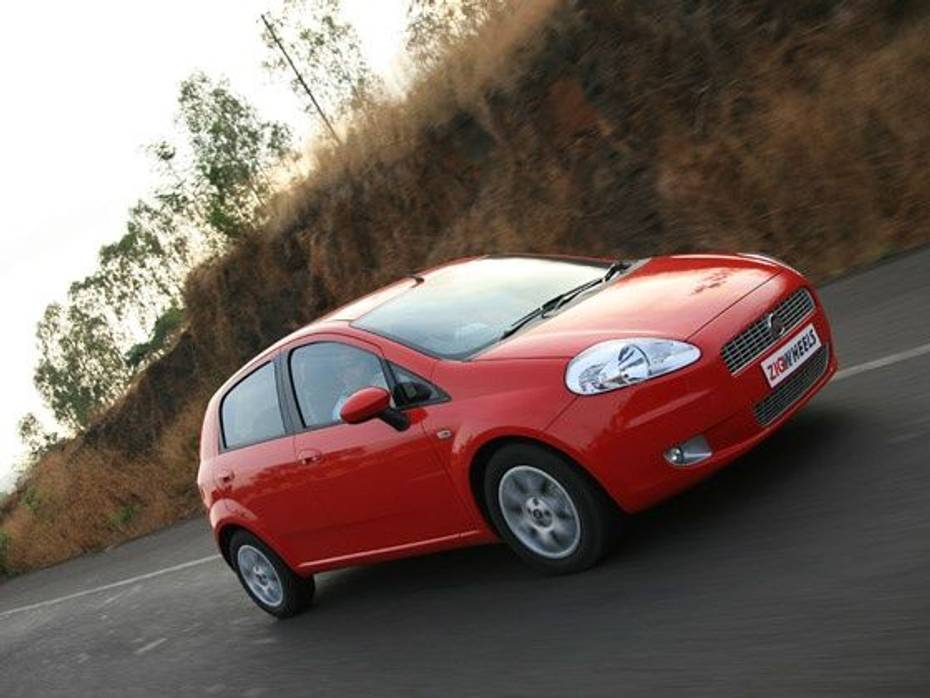
Fiat Grande Punto 1.2:
The Punto looks great, but in this avatar it has by far the weakest engine to power this really promising car. In fact, the 1.2-petrol option is here only for excise benefits, and seriously reduces the entry price-point of the European hatch. It has size, space and looks on its side, but that’s about it. The Liva on the other hand is a purpose-built 1.2 hatch, and though it may not look as good or is as large as the Grande Punto, it drives with ease, and comes out on top compared to this particular 1.2-litre variant of the Fiat.
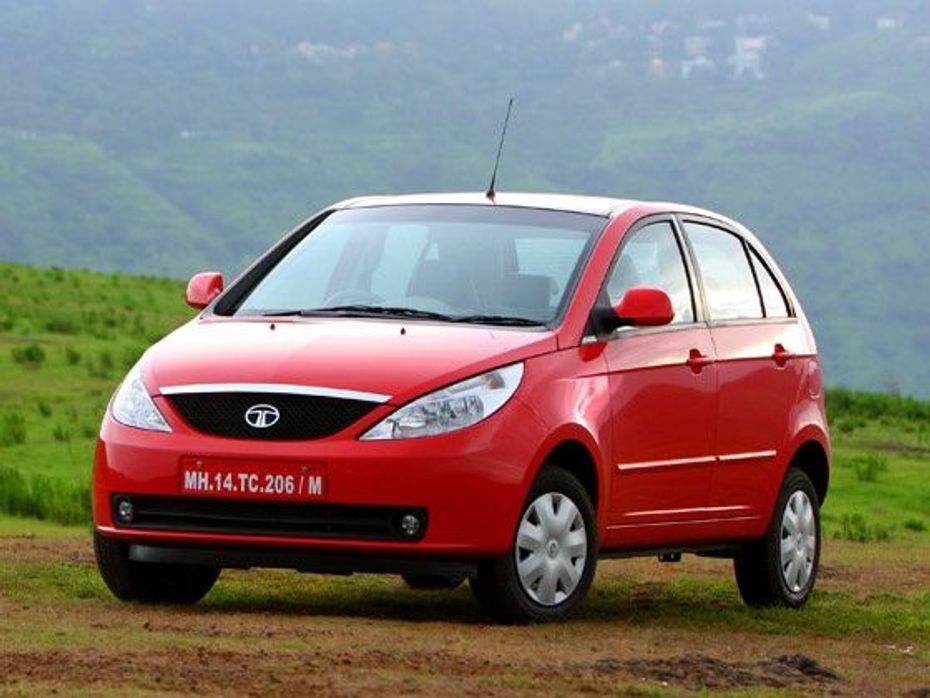
Tata Indica Vista Safire:
Facing similar problems as the Grande Punto thanks to the same engine, there are better versions of Indica Vista to go for, including the 90PS 1.4-litre petrol, and the great Quadrajet diesel. In the 1.2-litre petrol variant, the Indica Vista still has all the practicality, space and comfort that the car has come to be known for, but the small mill has problems driving the biggish hatch, and fuel efficiency also suffers as a result. The Liva on the other hand will be perceived as a more upmarket offering thanks to the Toyota badge. The team also found the Japanese car to be a better looker than the Vista. All in all, the Etios Liva remains a definite step above the 1.2 petrol Indica Vista, in almost every way.
While the new Toyota Etios Liva may appear to have an entire fleet of competitors standing in line to challenge it, a better understanding of the Liva will help you understand what it is actually capable. Read our Road Test report on the car here : Toyota Etios Liva Road Test

Toyota launches Limited Edition 'Liva TRD Sportivo'

Toyota car prices to go up

Etios Motor Racing pit-stops at Bangalore

Toyota to pump in Rs 1,650 cr to hike capacity

General FAQ's about the new Toyota Etios LIVA

Interview: Sandeep Singh, Deputy Managing Director, Marketing, Toyota...

Interview: Hiroshi Nakagawa, Managing Director, Toyota Kirloskar Motor

With Liva, Toyota Steers into Maruti's Turf

Toyota Etios Liva: Vehicle Dynamics
 Mahindra Scorpio N
Mahindra Scorpio N
 Royal Enfield Classic 350
Royal Enfield Classic 350
 Toyota Fortuner
Toyota Fortuner
 Royal Enfield Hunter 350
Royal Enfield Hunter 350
 Hyundai Creta
Hyundai Creta
India's largest automotive community
 Maruti Brezza
Rs. 8.34 Lakh
Maruti Brezza
Rs. 8.34 Lakh
 Maruti FRONX
Rs. 7.51 Lakh
Maruti FRONX
Rs. 7.51 Lakh
 Maruti Grand Vitara
Rs. 10.99 Lakh
Maruti Grand Vitara
Rs. 10.99 Lakh
 Mahindra Scorpio
Rs. 13.61 Lakh
Mahindra Scorpio
Rs. 13.61 Lakh
 Toyota Innova Crysta
Rs. 19.99 Lakh
Toyota Innova Crysta
Rs. 19.99 Lakh